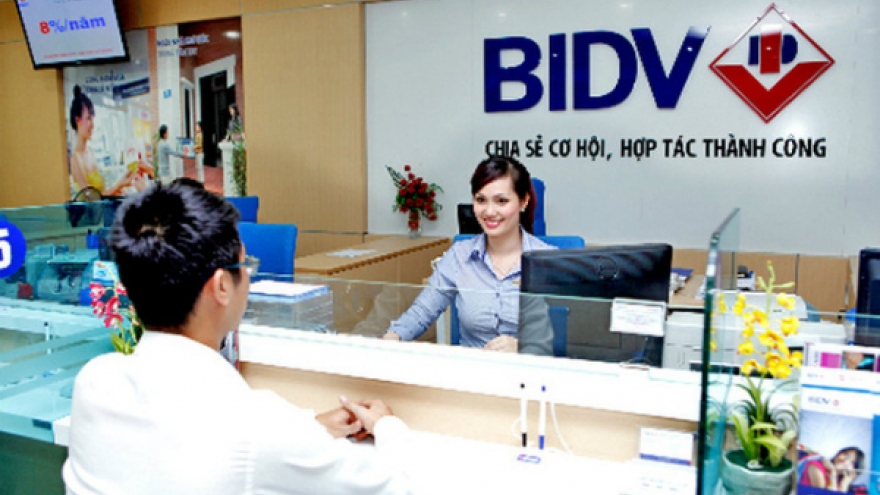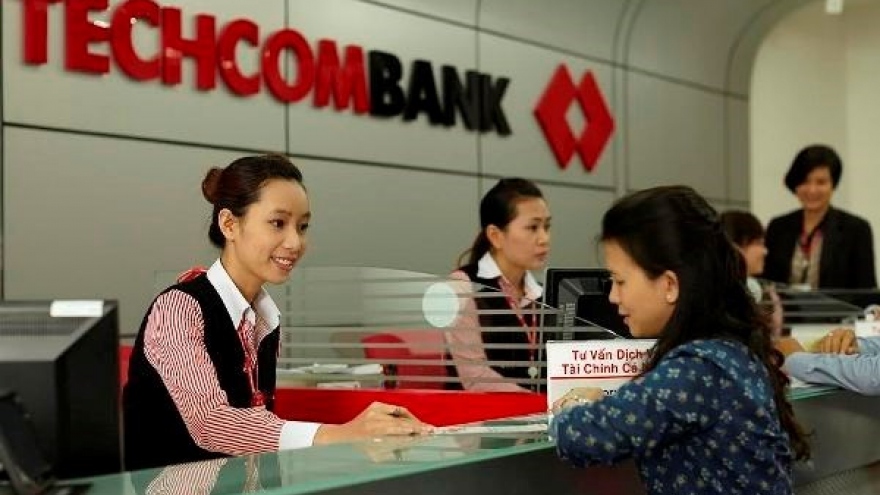Banks’ profit skyrockets due to credit growth
Due to the recovery of the credit market throughout the year 2017, plenty of banks announced positive business performance with increased profits whilst fostering asset trading, risk management, and control over non-performing loans.
 |
Based on these statistics, ACB’s profit for 2017 is forecast to exceed the original expectation of VND2.2 trillion ($97.24 million).
In addition, Saigon Thuong Tin Commercial Joint Stock Bank (Sacombank) also reported surpassing its expectation of VND585 billion ($25.79 million) in pre-tax profit for 2017, with a profit of VND1 trillion ($45.2 million) during the first nine months, a five-fold increase over the same category in 2016 and almost doubling the planned profit for 2017.
Likewise, a significant number of Vietnam-based commercial banks, including Vietcombank, BIDV, Viettinbank, Techcombank, MB, HDBank, LienvietpostBank, OCB, and TPBank also expected their profits to be worth trillions of dongs by the end of 2017.
Financial specialists attributed banks' increased profit to positive credit growth. With the credit growth level anticipated at around 19 per cent, a raise in banks’ returns was expected. In addition, improved non-performing loan management also added to banks’ profitability.
Dr. Bui Quang Tin, a lecturer at Banking University of Ho Chi Minh City, explained that banks had a major restructuring progress, especially in the area of risk management.
Judging the current state of Vietnam-based banks, Le Anh Tuan, deputy general director of Dragon Capital's investment and economy division, noted that the accelerated restructuring process played an important factor in enhancing the overall performance of the industry. During the year 2017, commercial banks profit performance drew substantial attention, while the slowly warming real estate market also had a positive impact on bank credit.
“However, it is of paramount importance that Vietnam-based banks should pay more attention to risk management and credit quality in order to obtain higher returns, leading to highly distributed profits,” Tuan added.
To date, a remarkable number of bank managers expected that the positive credit growth would support commercial banks to strengthen control over non-performing loans and reduce reserve funds with the intent to increase their profits.



